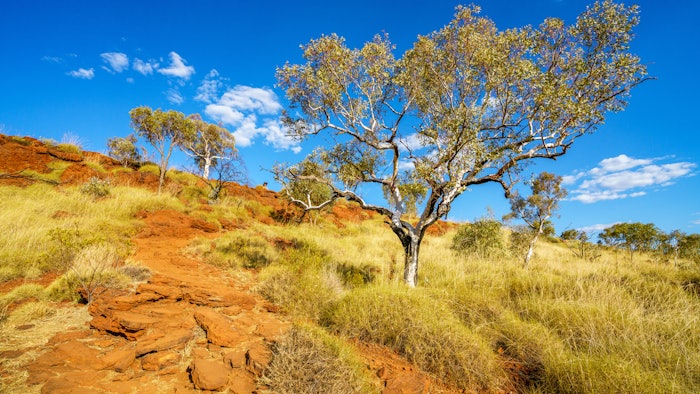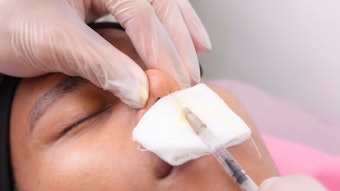
Medical gels made using spinifex grass can potentially create stronger, more reliable medical treatments while also simplifying the process of producing nanofibers, according to early data from scientists in Australia. Spinifex nanofibers could potentially produce gels that will last longer, be easier to inject and safer than current medical gel products. The stronger, thinner fibers could also make nanotechnology more environmentally friendly and create jobs for indigenous Australians.
Related: The 4 Major Industry Trends That Will Shape the Future of Medical Aesthetics
Spinifex Grass
Spinifex is an extremely durable grass that can survive drought, controlled burning and bushfires. It grows widely across Outback Australia. Spinifex grass covers nearly a third of Australia and has previously been harvested for its thin, strong nanofibers that are used to reinforce latex and rubber products. Potential medical applications for spinifex nanofibers include osteoarthritis, drug delivery and cosmetic treatments.
Nanofibers are traditionally difficult to produce, with long and energy-consuming processes. Previously, companies have made nanofibers from wood pulp, sugar beet, carrots, wheat straw and other materials. Scientists at the University of Queensland in Australia discovered that spinifex has a unique chemistry that yields stronger, longer, thinner and more flexible nanofibers. When analyzing the spinifex, researchers found that it solved many of the difficult production issues and resulted in a cheaper, simpler process. The concept was developed with the help of the Australian National Fabrication Facility (ANFF).
Injectable Spinifex Medical Gels
Trioda Wilingi, a University of Queensland/UniQuest spin-out company, has the exclusive global rights to develop injectable spinifex medical gels. Uniseed and Bulugudu have invested $2.6 million into Trioda Wilingi to develop the gels from cellulose nanofibres extracted from spinifex harvested in northwest Queensland, Australia. The investment opportunity was developed and led by ANFF-C, a new commercialization arm of ANFF that is part of Australia’s National Collaborative Research Infrastructure Strategy (NCRIS), which is funded by the Australian Government’s Department of Education.
Per the investment deal, a section of future profits will be given to an indigenous education fund that provides training, education and networking opportunities for indigenous Australians. The traditional owners also have a major role in harvesting and processing the grass, leading to many job opportunities in the remote areas of northern Australia.











